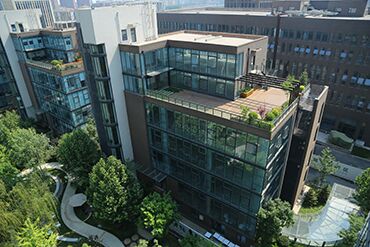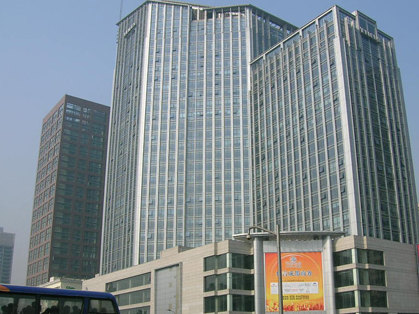Listen to a part of a lecture in a conservation biology class.
One consequence of global warming is extinction, there is compelling evidence that global warming will be a significant driver of many plant and animal extinctions in this century.
So we are considering various strategies to help some threaten species survive this unprecedented, this warming trend which, as you know, is caused mainly by green houses gases produced by the burning of fossil fuels.
The most radical strategy being debated among conservation biologists is Assisted migration.
Assisted migration means picking up members of the species or members of a group of interdependent species and physically moving or translocating them.
Translocating threatened species to a cooler place to higher latitudes or higher elevations for example.
Now migrations are natural survival strategy.
Over the past two million years, colder glacial periods have alternated with warmer inter-glacial periods.
And so in response to this gradual climatic swings, some species have shifted their ranges hundreds of kilometres.
So perhaps you are wondering why not let nature take its course now.
Well we can't.
The main problem is today's fragmented habitats.
During previous inter-glacial periods, when glaciers were retreated they left behind open land in their wakes.
Today human development has paved over much of the natural world.
Ecosystems are fragmented, housing developments, highways, and cities were placed or sliced through forests and prairies.
There are few corridors left for species to migrate through without help.
So conservationists are trying to save as many species as possible.
Now, assisted migration could become a viable part of our rescue strategy, but there are a number of uncertainties and risks.
Without more research we can't predict if assisted migration will work for any given species.
A translocated species could die out from lack of food for example.
At the other extreme, we might successfully translocate the species but within five or ten years, that species could proliferate and become an invasive species.
Like a non-native plant that chokes out native plants by hogging the nutrients in the soil.
Translocated animals can become invasive too.
It happened in Australia.
The cane toad was introduced back in 1935 to control an insect pest that was destroying Australia sugar cane plantations.
But the cane toad itself became a pest and it destroyed much of the wild life on that continent.
Also, many species are interdependent, intimately connected to one another.
Like animals that eat a certain plant and that plant relies on a certain fungus to help it get nutrients from soil.
And on a certain insect for pollination, we probably have to translocate entire networks of species.
And it's hard to know where to draw the line.
And in addition to all that it's not even cleared that the assisted migration or any migration for that matter will help at least for some species.
Earth was already at one of its warm inter-glacial periods when we started burning fossil fuels.
And in the 21st century, global temperatures are expected to rise two to six degrees.
That rate of heating is far greater than during the last glacial retreat some twelve thousand years ago.
Um... whether to use the assisted migration, this debate is mostly within the biology community right now.
But the ultimate decision makers, in United States at least, will be the government agencies that manage natural resources.
Assisted migration really needs this level of oversight and soon currently there is no public policy on using assisted migration to help species survive climate change.
People aren't even required to seek permits to move plants or invertebrate animals around as long as they are not classified as pests.
In one case, a group of conservationists has already take it upon itself to try on their own to save the endangered tree, the Florida Torreya tree through assisted migration.
There is only about a thousand individual Florida Torreyas left and global warming is expected to significantly reduce or eliminate this tree's habitat.
So this conservation group wants to translocate seedlings, Florida Torreya seedlings, 500 kilometres north, in order to expand the species' range.
The group believes that its effort is justified, but I and many other biologists will be watching very closely how this maverick group makes out because, like I said there could be unintended consequences.

















 分享成功
分享成功

















草莓小菇凉:说的非常好,十分有道理,棒棒棒!
06-08 15:44:55